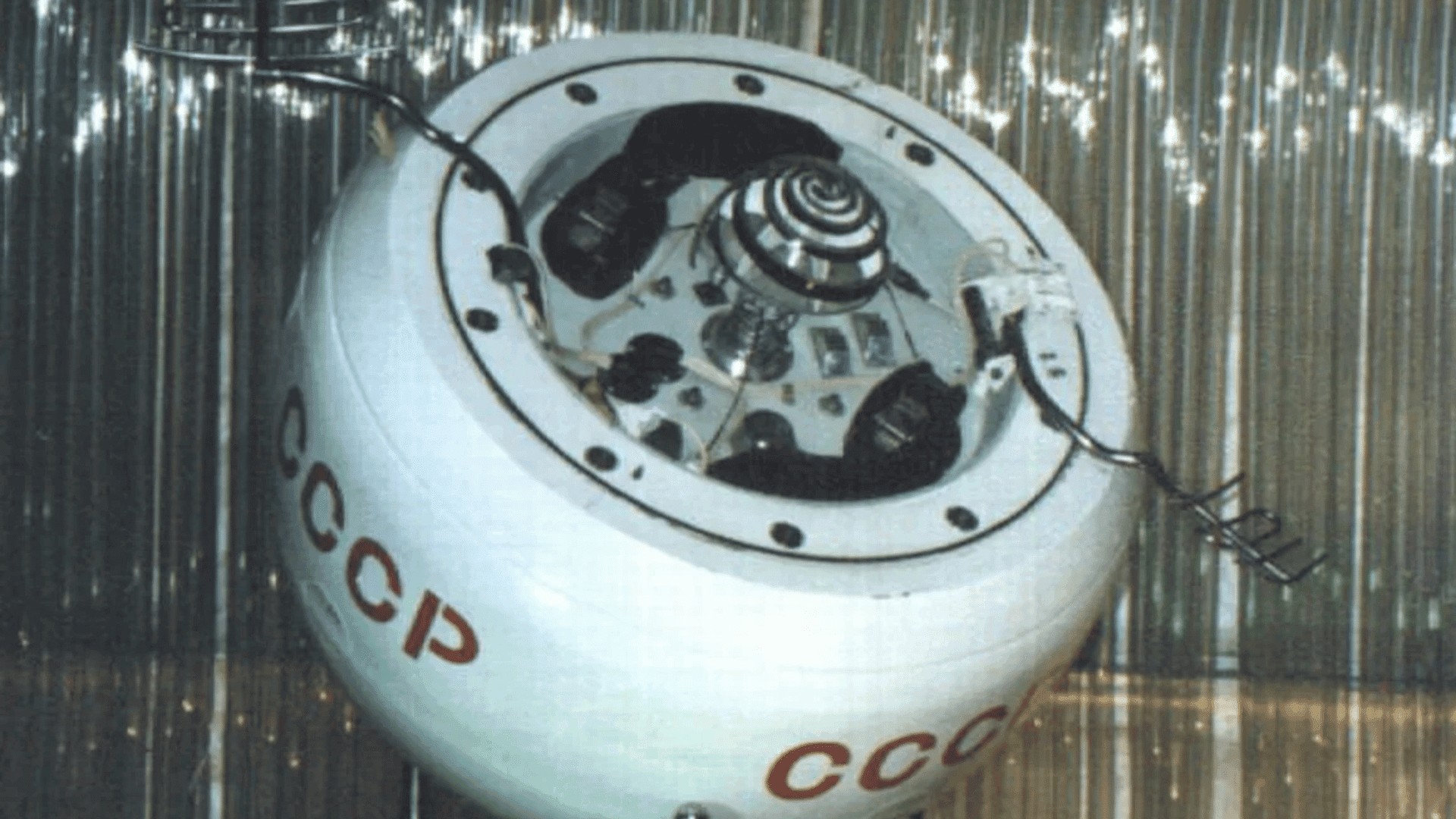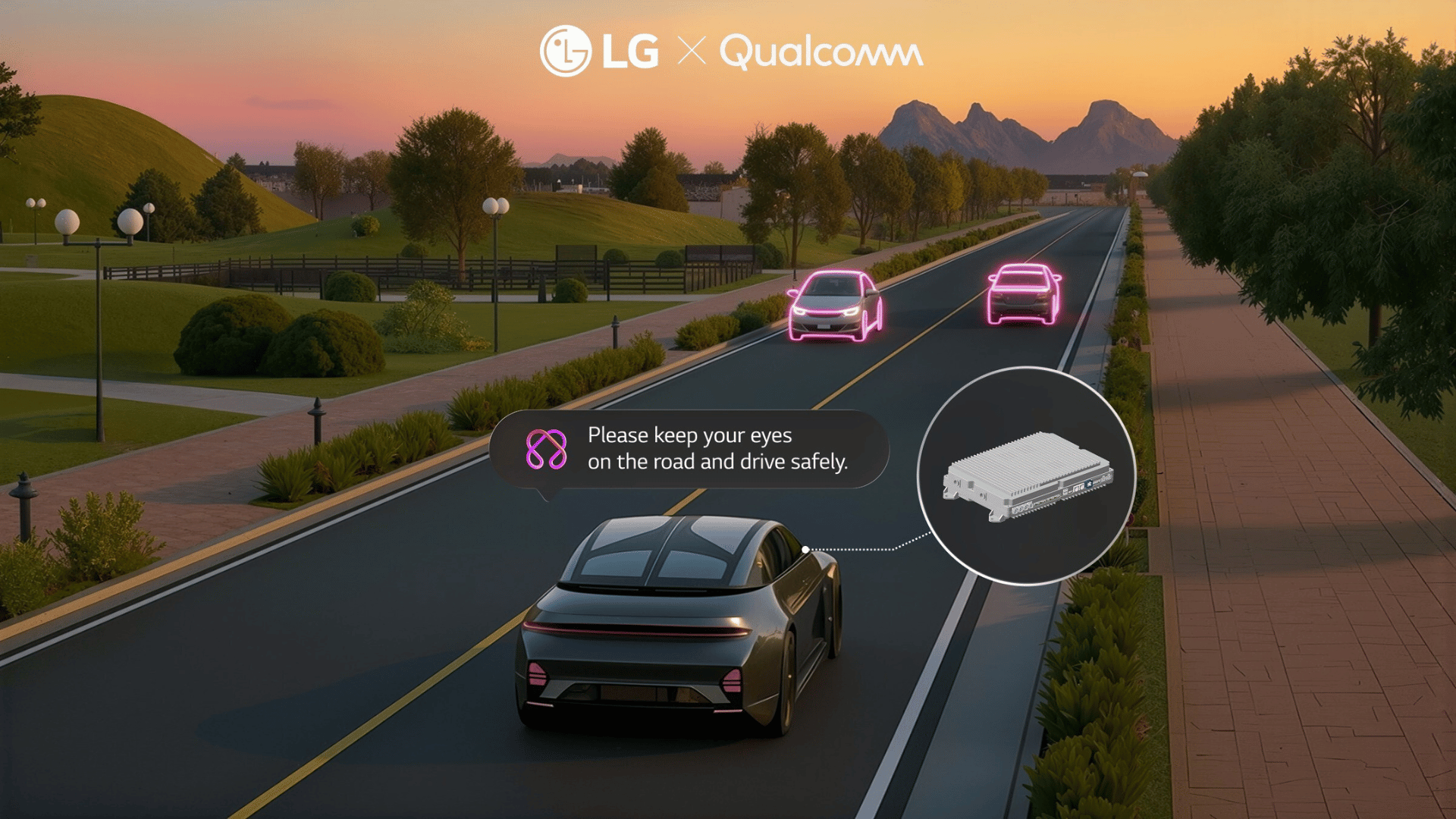More than 50 years after it originally embarked on a failed mission to Venus, a Soviet-era spacecraft is set to crash into Earth within the next week. But when and where will the decaying probe descend? Here’s what we know so far.
Cosmos 482

The spacecraft, Cosmos 482, launched in 1972 with the goal of reaching Venus, but the engines failed to reach the necessary velocity to enter Venus’ orbit. Since then, the spacecraft has been abandoned in low-Earth orbit.
Experts are currently uncertain of what portion of the space object will reenter Earth’s atmosphere, though they believe it will be a probe or “entry capsule” that was designed to handle extreme temperatures and pressures on Venus. Since the object was designed for resiliency, it “might well survive Earth atmosphere entry and hit the ground,” according to Dr. Jonathan McDowell, an astrophysicist and astronomer at the Harvard-Smithsonian Center for Astrophysics who shared his predictions about Cosmos 482 on his website.
Though the probe was originally equipped with a parachute, Marlon Sorge, a space debris expert with the federally funded research group, The Aerospace Corporation, told CNN that it’s highly unlikely the parachute will deploy at the right time because the vehicle has been out of service and in that harsh environment of space for decades.
When will it return to Earth?
NASA predicts the probe will reenter Earth’s atmosphere anytime between Wednesday, May 7, and Tuesday, May 13. However, the spacecraft will most likely begin its descent on Saturday, May 10.
According to Aerospace, part of Cosmos 482 is anticipated to reenter Earth’s atmosphere on Friday, May 9, at 12:42 AM EST.
Where will it land?
USA Today reports that, though the potential landing zone for the spacecraft remains largely unknown, some experts are weighing in with predictions. Marco Langbroek, a lecturer and space traffic expert at Delft Technical University in the Netherlands, stated in his blog that the potential landing zone “includes much of south and mid-latitude Europe and Asia, as well as the Americas and the whole of Africa and Australia.”
“That area encompasses several prominent landmasses and countries: the whole of Africa, South America, Australia, the USA, parts of Canada, parts of Europe, and parts of Asia,” Langbroek said via email.
Other variables, such as the object’s shape, size, and unpredictable space weather, will also factor into where the spacecraft will land.







